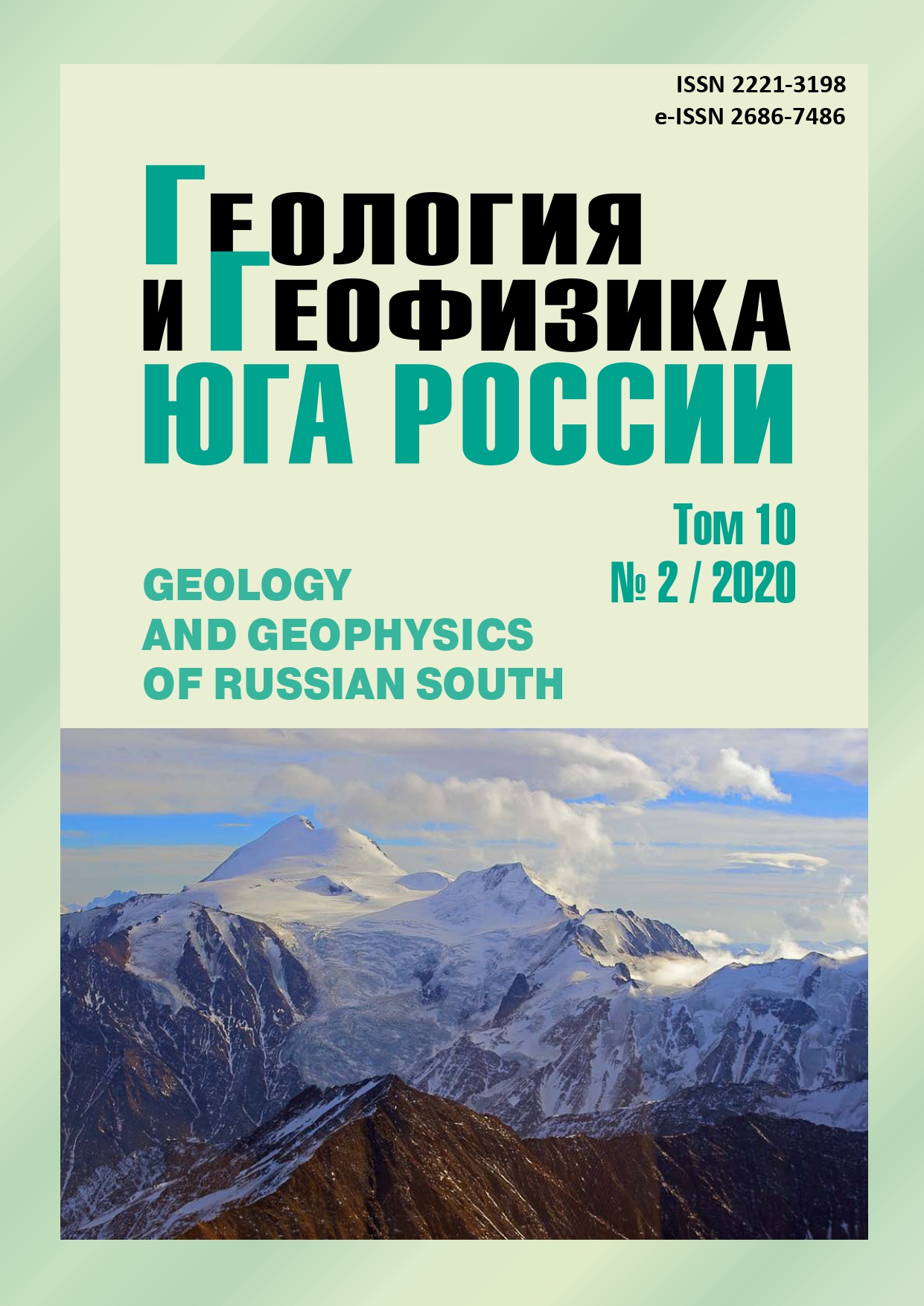New Building Codes: one step forward, two steps backward
Abstract
Relevance. Based on empirical data, it is shown that domestic building codes and rules significantly underestimate the level of design seismic effects. This is the reason for an abnormally large number of victims and huge damage during earthquakes in our country compared to the United States and Japan. At the same time, in the project SP14.13330 2019, a new decrease in the level of seismic effects is observed. A comparison of the normative acceleration levels of different countries showed that our calculated accelerations are the lowest. For example, the level of calculated acceleration in our standards is three times lower than in the United States. The aim of the work is to show the real correlation of seismic intensity in points and soil acceleration and find the parameters of seismic ground motion that are most closely correlated with the degree of damage to buildings and structures. Methods - statistical analysis of strong motion records, comparison of methods for setting seismic effects in building codes of different countries. Results. It is shown that setting the level of acceleration in domestic standards is underestimated by about half and does not correspond to the permissible levels of exceeding the effects in points on the GSZ maps. Acceleration is not a sufficient characteristic of seismic effects. The best characteristic of seismic effects is energy. An important factor in underestimating the effects is the use of so-called “effective” accelerations instead of real values of accelerations, which are about one and a half times lower than real ones as a result of filtering. Moreover, the above term is not applied. And many designers believe that the standards show real peak accelerations. In the MSK-64 scale, which is still used in our standards, reliable estimates for the relationship of seismic intensity with accelerations were obtained only for 6 points. For higher intensities, the acceleration values were obtained by extrapolation under the assumption that the amplitude was doubled per point. At present, abundant empirical material has shown the failure of this assumption. This led to an additional underestimation of the calculated amplitude of accelerations, especially for 9 points. When applying the spectral method, this drawback is partially compensated by other assumptions. But for the dynamic calculation method, the use of effective values leads to large errors. The achievements of other countries are not taken into account. For example, abroad, when calculating buildings and structures for earthquake resistance, the duration of vibrations (Arias model) is taken into account, and in our standards this important parameter is completely ignored, although in the seismic scale GOST R GOST R 57546-2017, estimates corresponding to the Arias model are available. Disagreements are noted in the building codes of various organizations and departments of our country. Serious contradictions occur in the text of regulatory documents. For example, the frequency composition of the generalized spectrum is specified in one frequency band, and the spectrum level in another. GSZ maps require the use of accelerations close to the GOST R GOST R 57546-2017 scale, and norms require the use of the MSK-64 scale. The MSK-64 scale has not been used in practice for a long time, since it does not contain a description of panel buildings, large-block buildings, buildings with seismic retrofitting, and generally buildings above 6 floors. Instead of the average value of the dynamic amplification coefficient, the value obtained in violation of all the rules for processing empirical material is used. Finally, the GSZ maps are built for the condition that the impacts are exceeded up to 1% (GSZ-S map), and accelerations for this case - with a probability of exceeding 99%.


